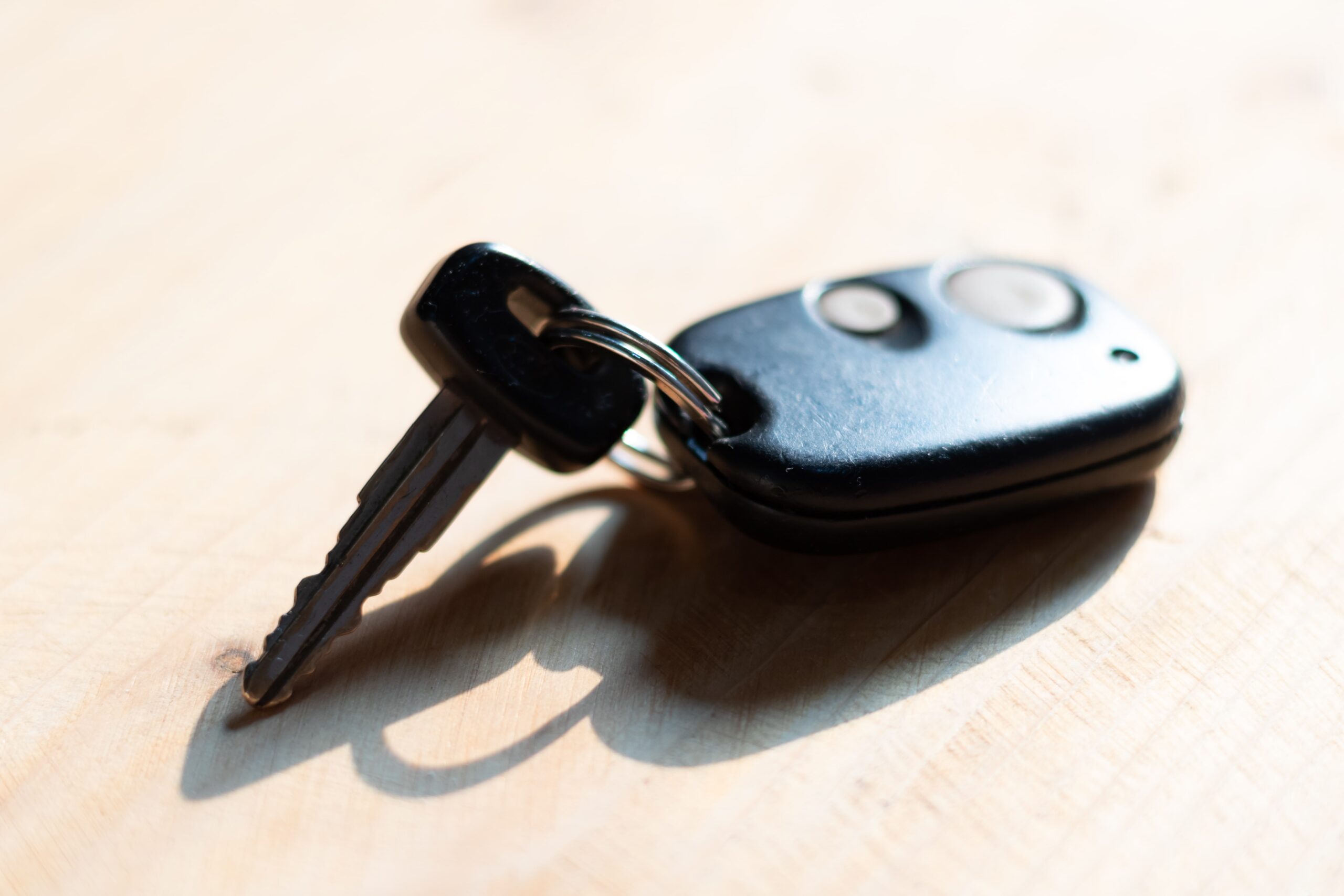The Essential Guide to Car Key Ignition Systems
Car key ignition systems are essential elements of contemporary automobiles, serving the main function of starting the engine and helping with numerous lorry functions. With developments in technology, ignition systems have actually developed substantially throughout the years, incorporating functions such as keyless entry and wise ignition keys. This short article supplies an extensive appearance at car key ignition systems, their types, common issues, and upkeep tips.
Comprehending Car Key Ignition Systems
At its core, a car key ignition system is composed of several key parts that collaborate to start a vehicle's engine. The following areas lay out the main parts of a common ignition system:
Key Components
- Ignition Switch: This is the control system that triggers the car's electrical systems consisting of fuel delivery and starter motor.
- Ignition Coil: This part transforms low battery voltage into the high voltage needed for triggering the fuel-air mixture within the engine cylinders.
- Stimulate Plugs: These are accountable for igniting the fuel-air mix, permitting the engine to run.
- Starter Motor: This motor engages the engine's flywheel, initiating the combustion process.
- Key/Transponder: Traditional keys contain metal blades that engage the ignition lock, while contemporary keys often consist of transponders that send out electronic signals to the ignition system for improved security.
Kinds Of Ignition Systems
There are mainly 2 kinds of ignition systems currently used in vehicles: standard keyed ignition systems and keyless ignition systems.
Traditional Keyed Ignition
- Mechanical Ignition: Traditional systems rely on a physical key that needs to be placed into the ignition cylinder. Turning the key links numerous electrical circuits to start the engine.
Keyless Ignition Systems
- Push-Button Start: Instead of a key, automobiles are equipped with a clever key or fob that interacts with the vehicle when in distance. Pushing the button while pushing down on the brake pedal begins the car.
- Distance Sensors: Modern keyless systems make use of sensing units to recognize the owner's key fob, enabling smooth entry and engine start.
Comparison of Ignition Systems
| Feature | Conventional Ignition | Keyless Ignition |
|---|---|---|
| Reduce of Use | Needs manual key insertion | Starts with a button press |
| Security | Requires physical key | Uses sophisticated file encryption |
| Convenience | Restricted benefit | Provides hands-free gain access to |
| Cost of Replacement | Generally less costly | More expensive to replace |
Typical Issues with Ignition Systems
Comprehending the potential problems that can arise with ignition systems is essential for all lorry owners. Some typical issues consist of:
- Faulty Ignition Switch: A malfunctioning ignition switch can avoid the engine from beginning or trigger periodic electrical problems.
- Dead Battery: A weak or dead battery will not offer the required power to start the ignition system.
- Key Fob Issues: For keyless ignition systems, dead batteries in the key fob can render the system useless.
- Trigger Plug Failure: Worn or broken trigger plugs can cause engine misfires and starting issues.
- Malfunctioning Starter Motor: If the starter motor fails, the engine will not crank.
Fixing Ignition Problems
When faced with ignition concerns, car owners can take several steps to diagnose the issue:
- Check Battery Health: Inspect the battery for corrosion or low charge.
- Check Key Fob: If utilizing a keyless ignition, make sure the fob battery is functional.
- Listen for Sounds: If the ignition switch is turned but the engine doesn't crank, listen for clicks or grinding noises.
- Examine Fuses: A blown fuse can interfere with the ignition circuit.
Maintenance Tips for Ignition Systems
Regular upkeep is vital to make sure that your vehicle's ignition system remains functional. Here are some useful ideas:
- Regularly Replace Batteries: Replace the battery in your key fob as part of regular automobile upkeep.
- Examine Spark Plugs: Check and replace trigger plugs according to the maker's suggestion.
- Analyze Ignition Switch: If you experience problem starting the car, consider having the ignition switch evaluated.
- Professional Servicing: Schedule periodic inspections by qualified technicians to make sure all ignition parts remain in excellent working condition.
FAQs About Car Key Ignition Systems
What should I do if my car does not begin?
If your car fails to start, initially inspect the battery and key fob. If these are functional, it might be essential to take a look at the ignition switch or starter motor.
How can I avoid key fob issues?
Routinely changing the battery in your key fob and avoiding exposure to wetness can help prevent problems.
Can I start my car without a key?
Keyless entry systems might permit some automobiles to be begun without a physical key, but this normally needs the key fob to be within close distance.
How often should I replace spark plugs?
Stimulate plugs must be replaced roughly every 30,000 to 100,000 miles, depending upon the car and trigger plug type.
Understanding car key ignition systems is essential for any automobile owner. With knowledge of how these systems function, awareness of common issues, and commitment to regular upkeep, car owners can ensure that their automobiles stay trustworthy and protected. As G28 Car Keys continues to innovate in the automobile industry, staying informed about these modifications will just improve the car ownership experience.

